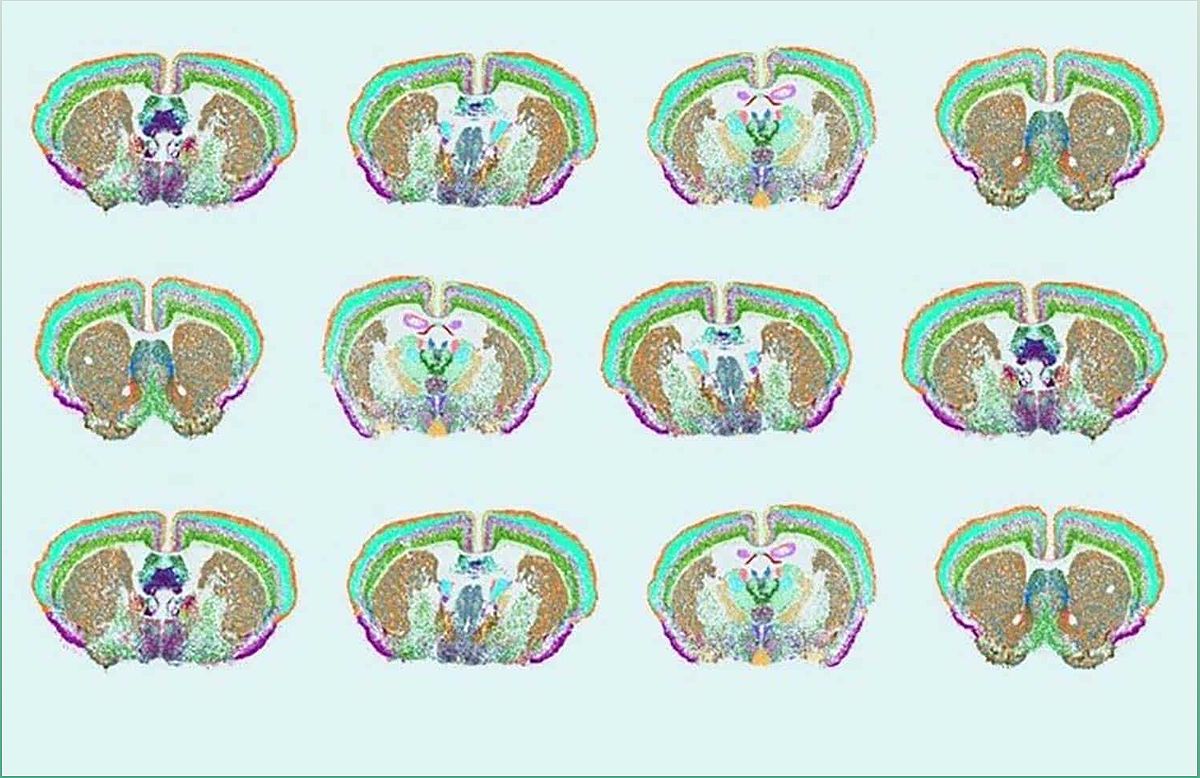Delve into the fascinating world of the mammalian brain as an international team of scientists unveils a groundbreaking achievement - a comprehensive cell atlas. This detailed map provides invaluable insights into the structure, organization, and molecular details of over 32 million cells in the brain. Explore how this remarkable feat opens doors to understanding brain function and potential advancements in precision therapeutics for mental and neurological disorders.
Unraveling the Complexity of the Mammalian Brain
The mammalian brain is a marvel of complexity, controlling a myriad of functions that govern our daily lives. From basic bodily functions like breathing and sleeping to higher cognitive processes like thinking and feeling, the brain is responsible for it all. To truly understand how the brain works, scientists have embarked on a mission to unravel its intricacies.
By studying the different types of cells in the brain and their connections, scientists gain valuable insights into how the brain functions as a whole. This knowledge is crucial in understanding how various brain functions come together and how disruptions in these processes can lead to mental and neurological disorders.
A Groundbreaking Achievement: The Comprehensive Cell Atlas
Discover the remarkable creation of a comprehensive cell atlas of the mammalian brain, providing unprecedented insights into its structure and organization.
In a groundbreaking achievement, an international team of scientists has created a detailed map, known as a cell atlas, of the entire mammalian brain. This atlas covers over 32 million cells and provides invaluable information about the different types of cells, their locations, and molecular details.
With this comprehensive cell atlas, scientists can now explore the organization and diversity of cells in different parts of the brain. It offers a detailed list of the cell's transcriptome, which contains instructions for protein synthesis and other essential processes. Additionally, the atlas provides insights into the cell epigenome, revealing thousands of different epigenomic cell types and potential genetic regulation elements.
By combining information about the structure, transcriptome, and epigenome, this atlas creates a comprehensive map of cell organization and diversity in the mammalian brain. It also sheds light on the neurotransmitters and neuropeptides used by different cells and how these cell types are interconnected within the brain.
Implications for Understanding Brain Function and Disorders
The creation of this comprehensive cell atlas marks a significant step forward in unraveling the mysteries of the brain. By providing detailed insights into the organization and diversity of cells, it offers a blueprint for understanding how chemical signals propagate through different brain regions and how brain circuits function.
Understanding these signals and circuits is crucial in deciphering the underlying mechanisms of brain function and how they contribute to overall brain functioning. This knowledge opens up new possibilities for developing precision therapeutics tailored to individuals with mental and neurological disorders.
With this cell atlas as a foundation, scientists are now poised to complete cell maps of the human brain and nonhuman primate brain, further expanding our understanding of these complex organs and paving the way for future advancements in neuroscience.

